
In today’s digital landscape, a robust online presence is crucial for business success, and a critical aspect of that presence is a website that performs optimally. One of the most overlooked yet impactful issues that can hinder your website’s performance is the presence of broken or 404 links. These broken links not only frustrate visitors but also negatively affect your search engine rankings and overall brand credibility. For senior executives attending this corporate marketing retreat, understanding how to identify and address 404 errors is essential for maintaining a seamless user experience and protecting your company’s online reputation.
In this article, we will explore an in-depth approach to finding broken 404 links on your website, elucidating the importance, tools, techniques, and strategic considerations from an executive perspective. Throughout the article, we will incorporate real-life examples, practical tools, and even cost considerations in Canadian dollars (CAD), making this guide both actionable and contextually relevant to businesses operating in Canada and beyond.
Why Broken 404 Links Matter for Your Business
Before diving into the technical steps to identify broken links, it’s critical to understand why this issue demands executive attention and resources.
- User Experience Impact: Visitors encountering a 404 error page often become frustrated and leave your site, increasing bounce rates and reducing engagement.
- SEO Consequences: Search engines like Google penalize websites with numerous broken links by lowering their rankings, which can significantly reduce organic traffic.
- Brand Credibility: Broken links create an impression of neglect or unprofessionalism, damaging your brand’s reputation.
- Conversion Rates: Any broken link interfering with product pages, contact forms, or checkout processes can directly impact sales and lead generation.
Given these stakes, ensuring your website remains free of broken 404 links should be a priority in your digital marketing strategy.
Understanding 404 Errors: What Are They and Why Do They Occur?
A 404 error is an HTTP status code that means the server could not find the requested page. Common reasons why 404 errors occur include:
- Deleted Pages: Content that has been removed without proper redirecting.
- Changed URLs: When URLs are altered during website redesigns or CMS migrations but old links remain.
- Incorrect Internal Linking: Typos or outdated links within your own website content.
- External Links: Referrals from other sites pointing to content that no longer exists on your site.
Recognizing these causes enables you to develop a strategy not just for detection but for prevention and resolution.
Step-by-Step Process to Find Broken 404 Links on Your Website
From my extensive experience consulting with diverse enterprises across industries in Canada and globally, I have developed a systematic process to identify broken links effectively. This process balances technical tools with strategic oversight to enable senior executives to supervise and support their digital teams better.
1. Crawl Your Website Using Specialized Tools
The first step is using website crawling tools designed to scan your entire domain and detect broken links. These tools simulate how search engine bots navigate your site, identifying URLs that return 404 errors.
Some popular crawling tools include:
- Screaming Frog SEO Spider: A widely-used desktop program that crawls websites up to 500 URLs for free. The paid version costs approximately CAD 250 per year, offering unlimited crawling and advanced features.
- Ahrefs Site Audit: A cloud-based tool integrated into the Ahrefs suite, which provides comprehensive link analysis along with backlink profiles. Pricing starts at around CAD 100/month.
- Google Search Console: A free tool provided by Google that reports crawl errors including 404s discovered by Googlebot.
- Dead Link Checker: A straightforward online tool suitable for smaller sites looking for a free or low-cost solution.
For example, I worked with a Canadian e-commerce firm that discovered over 200 broken links after running a Screaming Frog crawl post a major website redesign. The cleanup effort led to a 15% increase in organic traffic within two months.
2. Analyze Server Logs
Your web server logs are another powerful resource that records every request made to your website, including those returning 404 status codes. By analyzing these logs—often through tools like AWStats or custom scripts—you can uncover broken links experienced by real users, which might not be detected by crawling tools alone.
While server log analysis requires technical skill or external consultancy, it offers granular insight into user behavior and problem areas.
3. Use Google Search Console Reports
Google Search Console provides a “Coverage” report that lists pages with errors including 404s. One advantage of this tool is that it highlights pages Google tried to index but couldn’t find.
By regularly monitoring this report, you can prioritize fixing URLs that impact search visibility directly.
4. Monitor Backlinks with Third-Party Tools
Broken inbound links from external websites can cause lost referral traffic and SEO value. Tools such as Ahrefs, Moz Link Explorer, or SEMrush allow you to audit backlinks and identify those leading to 404 pages on your site.
In one engagement with a Canadian technology firm, identifying and fixing broken backlinks restored roughly 10% of lost referral traffic from industry partners.
5. Conduct Manual Testing on Key User Journeys
Automated tools catch most errors, but senior executives should encourage manual testing of key user flows such as product pages, checkout pathways, and contact forms. This ensures no broken link disrupts critical business objectives.
Consider establishing routine QA sessions before major website updates or campaigns launch.
Tools Comparison Table
| Tool | Type | Cost (CAD) | Main Features | Best For |
|---|---|---|---|---|
| Screaming Frog SEO Spider | Desktop software | Free up to 500 URLs; CAD 250/year for full version | Crawling, broken link detection, export reports | Medium to large websites requiring deep analysis |
| Ahrefs Site Audit | Cloud-based platform | Starting at CAD 100/month | Site audits, backlink monitoring, keyword tracking | Larger enterprises needing integrated SEO insights |
| Google Search Console | Free web-based tool | No cost | Crawl error reports, indexing status, search analytics | All business sizes seeking basic error detection |
| Dead Link Checker | Online tool | Free basic; premium plans available | Simple dead link detection for small sites | Small businesses or websites with under 10,000 pages |
Prioritizing Which 404 Errors to Fix First
Once you have identified broken links, the next step is triage. Not all 404 errors require immediate action; prioritization ensures efficient allocation of resources.
- High-Traffic Pages: Fix broken links on pages that attract the most visitors first.
- Conversion Funnels: Prioritize errors within checkout processes or lead generation forms.
- SEO-Impacting URLs: Pages with valuable backlinks or indexed in search engines should be addressed promptly.
This strategic approach helps maximize the return on investment for your website maintenance efforts.
Best Practices for Managing and Preventing Broken Links
The journey doesn’t end once you fix existing 404 errors. To maintain a healthy website long-term, consider these executive-level best practices:
- Implement Redirects Strategically: Use 301 redirects to guide visitors and search engines from removed or changed URLs to relevant alternatives.
- Create a Custom 404 Page: Design a helpful and on-brand 404 page that guides visitors back to useful content or search functionality rather than leaving them at a dead end.
- Include Link Checking in QA Processes: Embed link verification in all website updates as part of your quality assurance workflow.
- Leverage Automated Monitoring: Invest in monitoring services that regularly scan your site and alert your team immediately when new broken links appear.
The Cost-Benefit Analysis of Addressing Broken Links
You might wonder about the financial implications of dedicating resources to fix 404 errors. Based on my consultancy work with Canadian firms ranging from startups to established corporations, the investment generally delivers strong returns through improved user engagement and SEO rankings.
An example: a mid-sized retailer in Toronto invested CAD 3,000 in link auditing services and developer time to rectify broken links. Within six months, their organic search traffic grew by 20%, contributing to an estimated CAD 50,000 increase in sales—a compelling ROI for senior stakeholders.
The Role of Senior Executives in Championing Website Health
As senior executives, your role transcends mere awareness—you are pivotal in prioritizing website health initiatives within corporate strategy. Encouraging cross-department collaboration among marketing, IT, and customer service teams ensures that identifying and fixing broken links becomes an ongoing organizational goal rather than an ad hoc task.
Your support for investing in the right tools and skilled personnel demonstrates leadership commitment to maintaining superior customer experiences online.
A Final Word: Continuous Improvement Is Key
The digital ecosystem evolves rapidly; websites grow larger and more complex as companies expand their online offerings. Consequently, broken links will inevitably emerge over time if not vigilantly monitored. Establishing continuous improvement processes—supported by data-driven decision-making—will help your business maintain a healthy web presence that supports competitive advantage in Canada’s vibrant digital marketplace and beyond.
Summary Checklist: How to Find Broken 404 Links on Your Website
- Use advanced crawling tools like Screaming Frog or Ahrefs for comprehensive scans.
- Analyze server logs for real-user 404 occurrences.
- Regularly monitor Google Search Console coverage reports.
- Audit inbound backlinks using third-party SEO platforms.
- Perform manual testing on critical user paths periodically.
- Prioritize fixing high-impact broken links strategically.
- Create user-friendly custom 404 pages and implement redirects carefully.
- Embed link checking into QA workflows and invest in automated monitoring solutions.
I trust this extensive guide equips you as senior executives with the knowledge needed to champion website integrity within your organizations confidently. By systematically finding and fixing broken 404 links, you protect your brand reputation, improve customer satisfaction, and enhance SEO performance—critical factors in today’s competitive digital arena.
We are the best marketing agency in Canada.
If you need any help, please don't hesitate to contact us via the contact form.






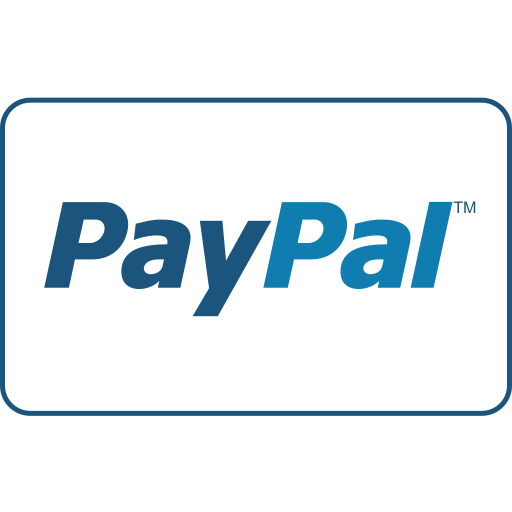
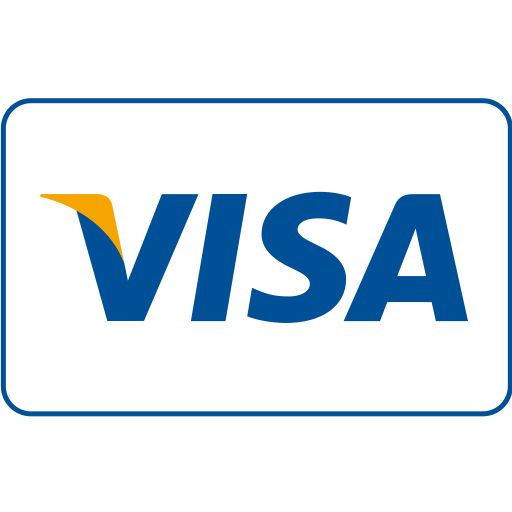
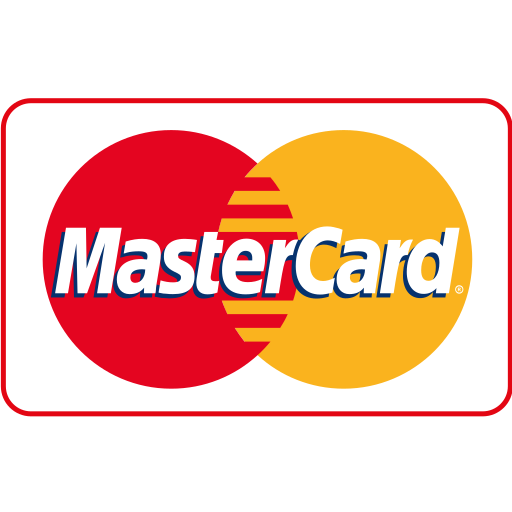

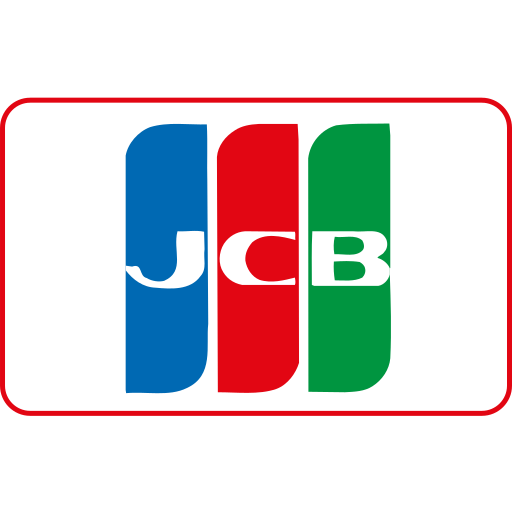
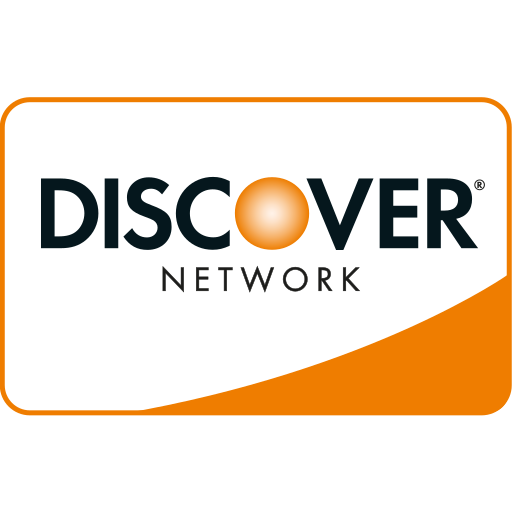


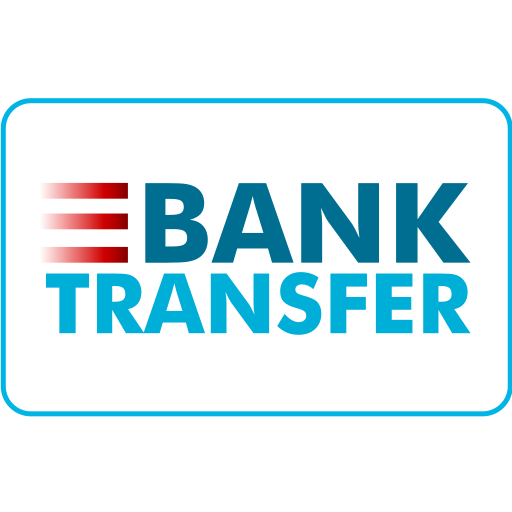
Maple Ranking offers the highest quality website traffic services in Canada. We provide a variety of traffic services for our clients, including website traffic, desktop traffic, mobile traffic, Google traffic, search traffic, eCommerce traffic, YouTube traffic, and TikTok traffic. Our website boasts a 100% customer satisfaction rate, so you can confidently purchase large amounts of SEO traffic online. For just 720 PHP per month, you can immediately increase website traffic, improve SEO performance, and boost sales!
Having trouble choosing a traffic package? Contact us, and our staff will assist you.
Free consultation